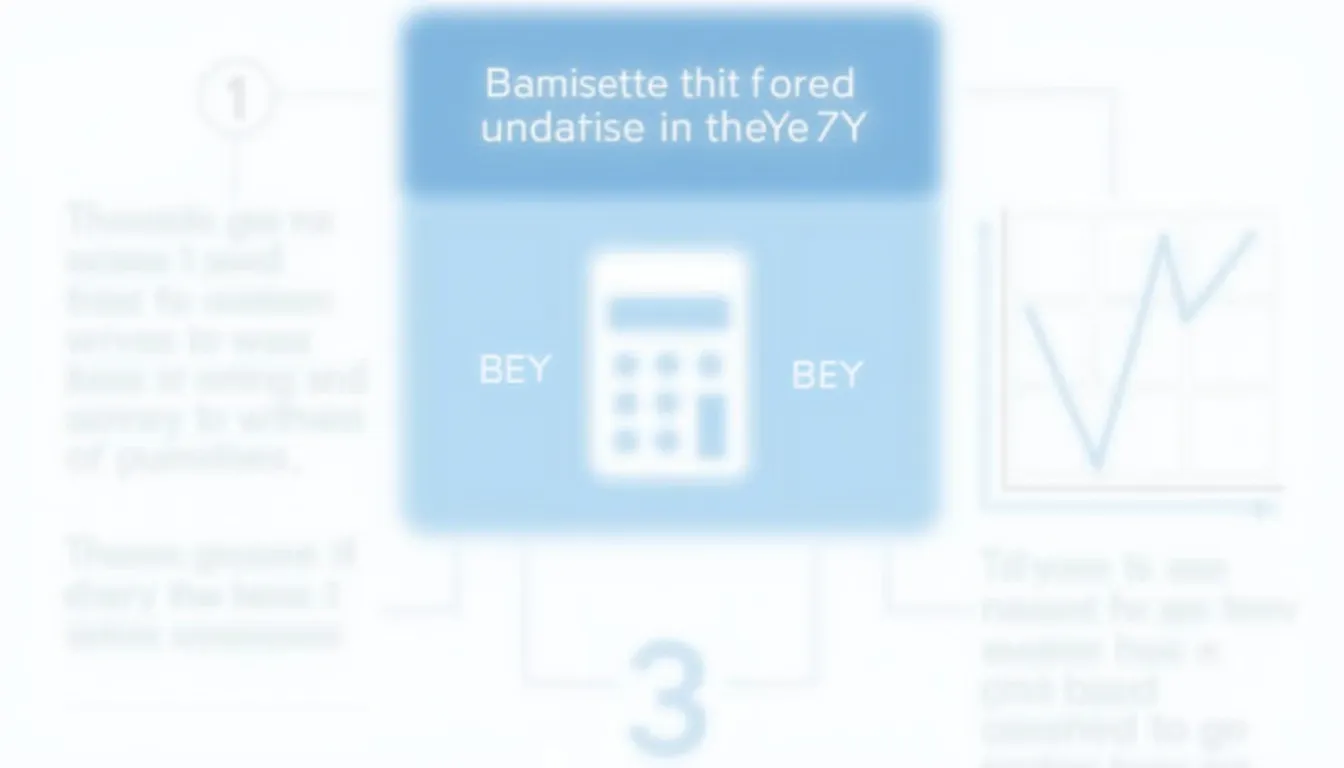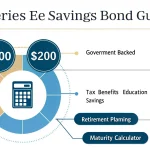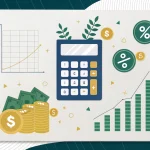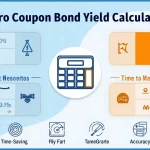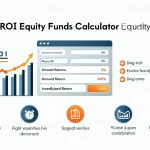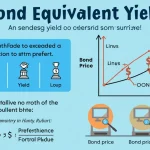Bond Equivalent Yield Calculator
Is this tool helpful?
How to use the tool
- Face Value – enter the bond’s maturity amount. Try 1,200 or 2,750.
- Purchase Price – type what you pay. Examples: 1,050 or 2,560.
- Days to Maturity – add remaining days, such as 180 or 90.
- Press “Calculate” to view the annualised Bond Equivalent Yield (BEY).
Formula used
$$ \text{BEY}= rac{\text{Face Value}-\text{Purchase Price}}{\text{Purchase Price}}\times rac{365}{\text{Days to Maturity}} $$
Example 1
- Face Value = $1,200
- Purchase Price = $1,050
- Days = 180
ROI = (1,200-1,050)/1,050 = 0.142857. Annual factor = 365/180 = 2.0278. BEY = 0.142857 × 2.0278 = 0.289 → 28.9 %.
Example 2
- Face Value = $2,500
- Purchase Price = $2,430
- Days = 90
ROI = 70/2,430 = 0.0288. Annual factor = 365/90 = 4.0556. BEY = 0.0288 × 4.0556 = 0.117 → 11.7 %.
Quick-Facts
- Common Treasury bill terms: 4, 13, 26, 52 weeks (TreasuryDirect.gov).
- FINRA highlights BEY for comparing discount instruments (FINRA, 2022).
- Average U.S. corporate bond coupon in 2023: 4.5 % (S&P Global, 2023).
- Minimum T-bill face value: $100 (TreasuryDirect.gov).
- One-month U.S. bills briefly yielded −0.10 % in 2020 (Federal Reserve, 2020).
FAQ
What is Bond Equivalent Yield?
Bond Equivalent Yield is the annualised return on a discount security, assuming simple 365-day compounding (Investopedia, 2023).
How does the calculator work?
The tool computes ROI, multiplies it by 365 divided by days remaining, and outputs a percentage—exactly as the BEY formula states.
Why use 365 days, not 360?
BEY follows Treasury convention; U.S. TreasuryDirect quotes yields on a 365-day basis for comparability (TreasuryDirect.gov).
Can BEY be negative?
Yes. A purchase price above face value with a short maturity yields a negative annualised return (Federal Reserve, 2020).
How often should you recalculate?
Update BEY whenever price or days to maturity change; traders refresh daily in volatile markets (CFA Institute, 2022).
Is BEY the same as yield-to-maturity?
No. YTM assumes reinvested coupons and compounding; BEY annualises simple discount yield (Fabozzi, 2021).
Does currency matter?
The formula is unit-agnostic; enter face and price in the same currency to keep results consistent.
What boosts BEY the most?
A larger discount (lower purchase price) and fewer days to maturity increase BEY, assuming face value stays fixed.
Important Disclaimer
The calculations, results, and content provided by our tools are not guaranteed to be accurate, complete, or reliable. Users are responsible for verifying and interpreting the results. Our content and tools may contain errors, biases, or inconsistencies. We reserve the right to save inputs and outputs from our tools for the purposes of error debugging, bias identification, and performance improvement. External companies providing AI models used in our tools may also save and process data in accordance with their own policies. By using our tools, you consent to this data collection and processing. We reserve the right to limit the usage of our tools based on current usability factors. By using our tools, you acknowledge that you have read, understood, and agreed to this disclaimer. You accept the inherent risks and limitations associated with the use of our tools and services.
